By David Dao and originally published at @daviddao on medium.com
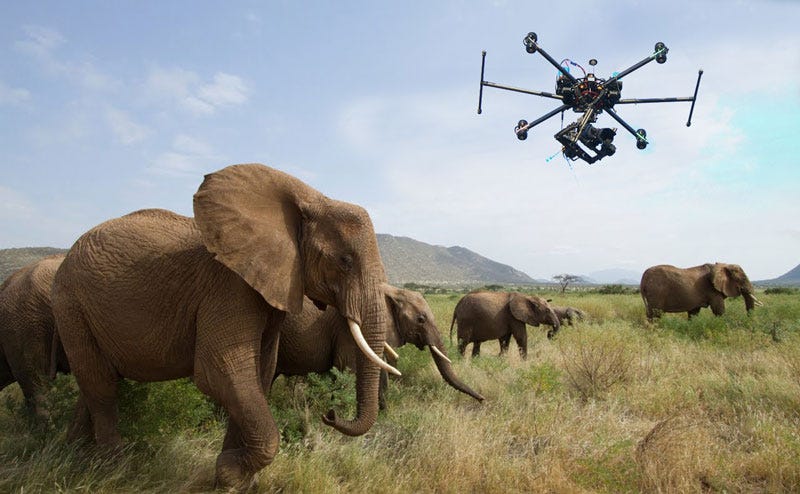
Can we scale human economic cooperation with trustable machines?
The advent of cryptocurrencies allowed us to implement incentives in the highest level of granularity imaginable — up to a single bit. This paradigm shift allows us to think outside the box, scaling and connecting incentives with data in ways never seen before.
AI smart contracts leverage this new kind of programming. They are machine learning algorithms with blockchain-based business logic — or in other words, an analytical machine that can guide human behavior via designed incentives.
In this blog post, we argue that these incentive programs are highly scalable and might even provide a design-principled solution to one of the biggest environmental problems in human society: The Tragedy of the Commons.
I tweet new blog posts @dwddao on Twitter. Follow me for random thoughts on artificial intelligence, the blockchain and its impact on society and sustainability.
The Tragedy
Deforestation, overfishing, wildlife extinction. Why do we treat common resources with such ruthlessness that not only leaves us and everyone else but also future generations to suffer from the consequences?
“Therein is the tragedy. Each man is locked into a system that compels him to increase his herd without limit — in a world that is limited. Ruin is the destination toward which all men rush, each pursuing his own best interest in a society that believes in the freedom of the commons” (Hardin 1968, p. 1,244)
Hardin explains in his, now famous, article “The Tragedy of the Commons” that men, acting in their own self-interest, inevitably will deplete shared resources because they gain a substantial benefit in the short-term while negative consequences are shared among the whole group. The only solution according to Hardin? Centralized planning: Strong governmental interference such as privatization and regulation.
A Way Out: Sustainable Self-Governance

Nonetheless, human nature is (hopefully) not as grim as Hardin paints it. There are many inspiring examples of human cooperation that prevents the Tragedy of the Commons to arise. Villagers in Switzerland, have managed their communal high alpine forests since the 12th century while local communities in Nepal successfully self-governed natural water irrigation for centuries. Many commons have flourished for hundreds of years, even in periods of drought or crisis. Especially in the case of Nepal, researchers observed that self-governing communities were much more efficient than large top-down efforts from big institutions such as the World Bank or the government.
So how come some communities are able to sustainably self-govern themselves while other regions of the world experience reckless self-destruction of their common-pool resources? And, more importantly, how can we make the latter regions sustainable?
Eight Design Principles for Managing the Commons
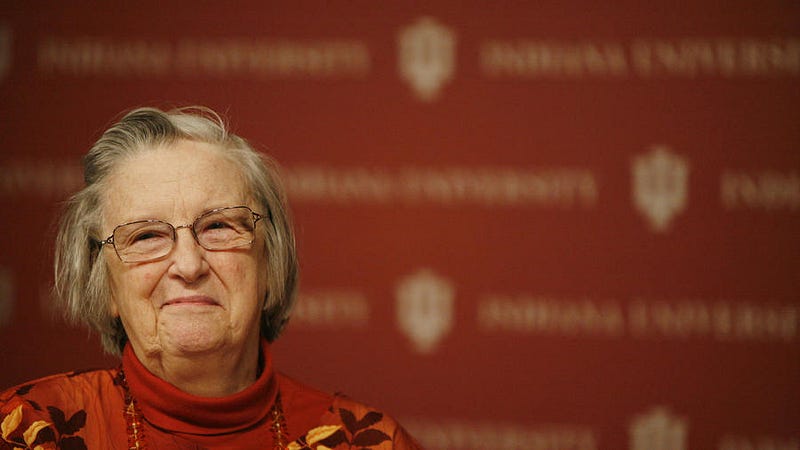
It is largely thanks to Elinor Ostrom’s decade-long extensive work in the field (which resulted in a Nobel prize in Economics!) that we know of eight robust design principles for how commons can be governed sustainably and equitably in a group:

Ostrom’s design principles (DPs) have been proven to be robust indicators for a sustainable group-based governance of shared resources, largely because they make it easier for all participating parties to trust each other. On the other side, they also show us why many regions fail to govern themselves:
- The group is not flexible enough in its decision making to incorporate changing circumstances (DP 2, 3)
- No efficient monitoring of social and environmental behavior (DP 4)
- No fast access to a cheap judicial instance in case of a dispute (DP 6)
- Outside authorities interfere and undermine the group’s rule-making rights (DP 7)
Ostrom’s principles can give us great insights into why economic cooperation can succeed or fail. What if we can compile Ostrom’s principles into a software product? Basically an economy-to-go for all the regions where Ostrom’s principles are naturally missing? Would this “deliverable economy” then indeed enable cooperation and sustainable self-governance?
Astonishingly, it is possible to translate Ostrom’s groundbreaking ideas into digital equivalences — thanks to smart contracts.
Ostrom Contracts: Blockchain + AI Systems for Sustainable Governance

Inspired by Ostrom’s work on governing the commons, we propose a new class of AI-powered smart contracts which we formalize as “Ostrom contracts”. Ostrom contracts are token-based smart contracts coupled with intelligent environmental monitoring.


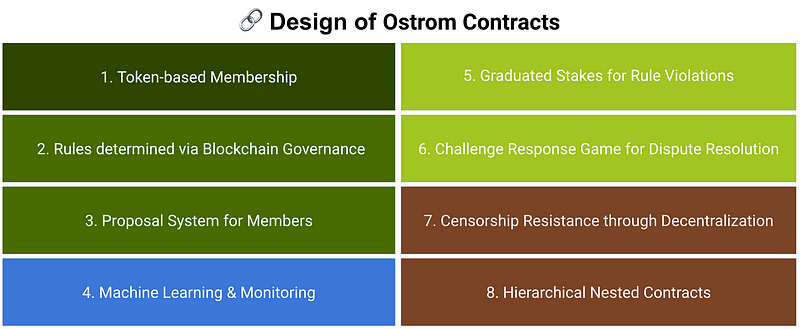
Blockchain-based Mechanism Design
One of the most fascinating opportunities about the rise of smart contracts is, that we now have accessible tools to efficiently engineer economic incentives in a cheap and scalable manner, thus democratizing mechanism design.
This is truly powerful as, by distilling (crypto) incentives into code, we are now able to treat economics simply as software — allowing us to quickly prototype, beta test and iterate on “economies”.
Let’s see why this particular class of smart contracts indeed implement (or at least approximate) Ostrom’s design principles:
Token-based Membership Model (DP 1)
A digital membership determines clear group boundaries and can be implemented by simply owning a “coin”. Membership models motivate people to cooperate with each other by lowering their fear of being exploited (they can simply sell their coin and leave the group). However, there is an incentive to stay in the group as coins can provide you with access to either a natural common resource or/and valuable group benefits (e.g. a shared and easy-to-access marketplace, more decision power, additional income, etc.).
Decision Making with Blockchain Governance … (DP 2, 3)
Smart contracts enable fast decision making with low overhead. Members of the group can interactively propose guidelines and actions and vote on all proposals, thus determining their own rules and adapting them in a quick manner. Blockchain governance is in itself a ground breaking topic. Besides a classical majority vote, there are some really cool and exciting new decision making methods, enabled by smart contracts, that might be worth a shot:
… via Quadratic (Coin Lock) Voting
Quadratic coin lock voting (QCLV), proposed by Vitalik, is a token-based variant of quadratic voting. In QCLV, participants voting power are determined via N * k, where N is the number of coins and k² the time they are “locked” (not usable for anything else). So if you really want something, you can stake your coins for a long time, therefore aligning incentives over time. In other words, if you want more voting power, you need to live with your decisions for longer, hence providing incentives to stay loyal to your community.
… via Prediction Markets
In futarchy, society defines its values and then prediction markets are used to decide what actions will maximize those values. Thus to impact a decision, you literally have to put your money where your mouth is. It was originally proposed in 2000 by Robin Hanson.

For example, let’s say we want to preserve the maximum possible number of ? within the community. We have two candidates (A and B), who are perfect for that job. How should we decide who of them should lead our conservation efforts? One way is to let people bet money on the number of ? at time X (e.g. in one year). Prediction markets have been shown to have great predictive power.
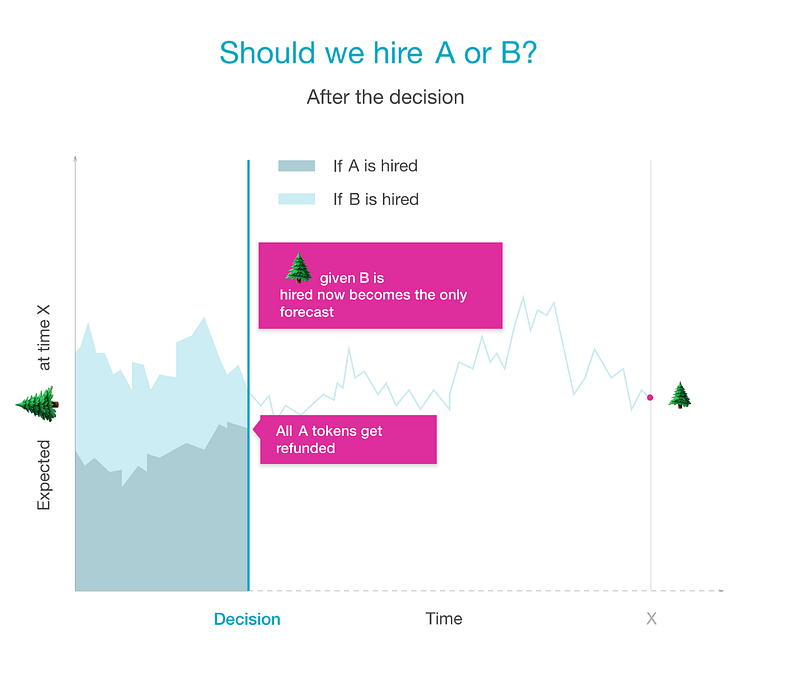
We create two markets M1 and M2 where people can buy A or B tokens. After a while, we decide for the candidate which has the highest expected ? rate (which will be equal to the token price) and refund all tokens of the other candidate. At time X, we then measure the real amount of ? and pay out all token holders.
Market incentives are aligned with sustainable values in this system. We rely on the wisdom of the markets and only people who are extremely well informed on a topic will bet on it — otherwise, they are likely to lose money to others who are better informed.
As you also see, a futarchy is hard to scale if the value you want to sustain is difficult to measure (especially if it relies on trusted third parties). Fortunately, this is, where trusted intelligent machines can truly make a difference!
Increasing Stakes and Smart Contract Judge (DP 5, 6)
Ostrom’s DP 5 and 6 suggest that groups can govern itself best if there are graduated sanctions to prevent repeated rule breaking and low-cost access to a platform to resolve disputes (e.g a court).
In case of a smart contract: If a rule violation is detected (e.g through monitoring) — we can invoke a self-enforcing contract that subtracts a fee from a deposit of a certain player. The sanction can either be invoked after voting or automatically from the sensor.
For more complicated disputes, a smart contract can also be used as a judge that is invoked or a challenge/response game can be implemented, where one group of actors is given the opportunity to submit evidence that fact X is false, and if no one submits evidence within some period of time, then X is assumed to be true.
Programmable Censorship Resistance and Complexity (DP 7, 8)
Finally, the decentralized and self-enforcing nature of blockchain-based smart contracts formally guarantees that decisions, made within the framework are executed without censorship from authorities. Furthermore, smart contract architectures can be arbitrarily complex, allowing the development of intricate governance structures without limits in granularity.
Intelligent Machine Monitoring & Learning
The last part of the puzzle is to implement Ostrom’s DP 4: A monitoring system, that is trusted. Thus, Ostrom proposed that trust can be ensured if the monitoring system itself is carried out by community members — usually implemented via patrols and checks.
However, think about the most inaccessible Amazon rainforest or the vast landscape of the African Sahel region. It is impossible for a group of humans to constantly monitor such a large amount of territory. This is where scalable automation can be of great potential. In the following, we showcase a number of potential research projects in wildlife monitoring, patrol planning and prediction with great promise.
Deforestation: Scaling Environmental Monitoring for Static Resources
Remember our futarchy example above? Instead of counting ? manually there are, of course, much better solutions. One of them is satellite imagery analysis. It turns out, satellite images, are a great data source to classify tree density. However, you can even go one step further: GainForest, a research project at BLAIR, showed that we can develop computational models, that are able to accurately predict the spread of deforestation for a given time. With a predictive model, similar to predictive policing, we can deploy patrols in areas with high deforestation risk.
GainForest won the UN’s Hack4Climate competition and research on GainForest won a Microsoft AI for Earth grant.

Wildlife Conservation: Scaling Environmental Monitoring for Dynamic Resources
The Elephant Atlas project and AI for wildlife projects use aerial vehicles (drones or planes) to track our living natural resources — elephants, alligators, and other endangered species. It is possible, just from these observations, to calculate pretty close density estimates.
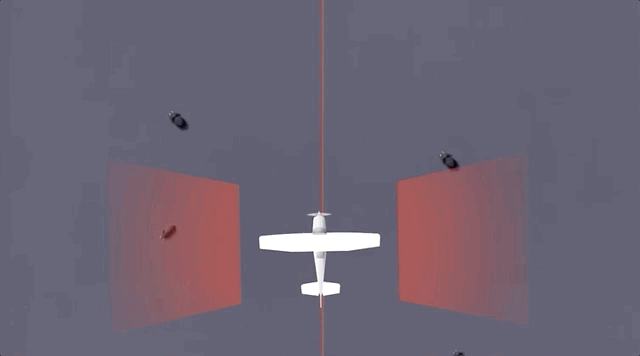
Another way to scale monitoring is to improve the efficiency of human patrols with intelligent suggestions. Instead of static patrol routes, Fei Fang’s lab at CMU developed game theoretical suggestions, that models the behavior of illegal poaching and thus maximizes the probability (given that model) to find traps and catch poachers.
Tightly Coupled vs. Loosely Coupled Ostrom Contracts
Ostrom contracts aim to encourage cooperation and self-governance. Smart contracts serve as a transaction and governance medium for people to self-organize and vote. However, we differentiate between two options: In loosely coupled Ostrom contracts, this is where the power of smart contract ends. It is up to the community to enforce and implement voting results and punish rule violations.

Tightly coupled contracts go one step further and enforce execution. Everything would be automatic and there would be no human in the loop anymore. We think that full automation is extremely promising as it completely ensuring trust in the system (removing the need for all trusted third parties). However, such a system can have very dangerous side effects as the incoming data flow and AI (Oracle) have been shown to be vulnerable to biases and adversarial attacks.
Conclusion
We are living in remarkable times.
Surely there are many practical challenges ahead: How can we guarantee that every player has the ability to connect to the internet/blockchain? How are tokens paid out in fiat coins? Are there any security concerns or ways an adversary could attack and game the contracts?
However, there is a lot of groundbreaking potential.
First of all, it is possible to implement complex political and economic ideas into code. Something which wasn’t imaginable ten years ago. Smart contracts allow us to execute computer functions while digitally sending money at the same time.
This is powerful as it means that we can implement and possibly install economic systems anywhere and everywhere, just like a computer program.
Second, exactly this ability to quickly implement and try out different systems also allow us to run experiments and use scientific methods (empirical cryptoeconomics) to evaluate, reiterate and possibly improving upon different variations of economies.
Finally, the dawn of AI in many of our daily applications means that we can (and will) also use intelligent agents to augment smart contracts in the future.
Combining intelligence with incentives promises to align human self-interest with social good. Ostrom contracts are just one idea how this can be used for the benefit of society.
If you are interested in this research topic, please don’t hesitate to contact me and the DS3Lab at ETH Zurich.
If you want to support us in starting a pilot project with GainForest.org, send us a mail at [email protected].




